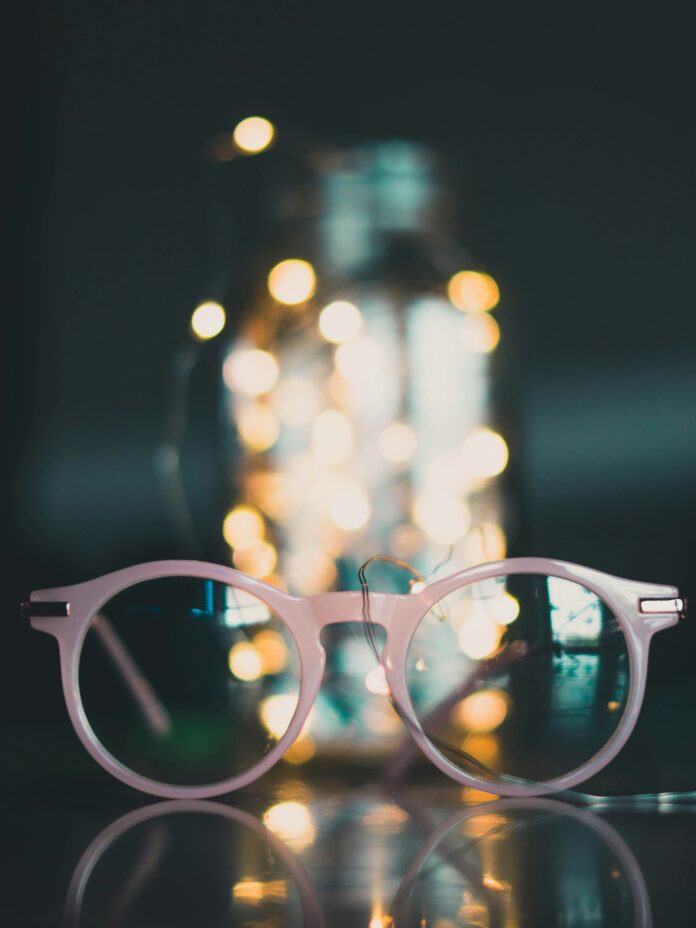The numbers are on a steep rise. Myopia is growing at a faster rate than ever! Also known as nearsightedness, myopia is a vision condition that causes the blurriness of distant objects while objects closer to the eye appear just fine. This phenomenon occurs due to the elongation of the eyeball. That is to say the inaccurate refraction of light due to the irregular shape causes the light to refract before it hits the retina. With the recent spike in myopia, a study has estimated an average of 30% of the global population being myopic and predicts a 20% increase in the next 25 years! In other words that is 50% of the global population by the year of 2050 who is struggling to see. Unfortunately in most cases this vision impairment is irreversible without surgery leaving those unaware at a severe loss.
What Causes Myopia?
Myopia has multifactorial causes ranging from genetic to environmental factors. Research shows how genetics can predispose individuals to myopia. However the recent search in myopicness cannot be blamed solely on this reason. Environmental influences such as prolonged screen time, lack of outdoor activities and excessive near work are some major contributions. Excessive screen time has been linked to an increased risk in myopia for children and adolescents. The blue light emitted by these devices can cause the eye to dehydrate causing low quality of vision over a large period of time. Similarly, urbanization has changed our modern day activities to become much more indoors, limiting our exposure to natural light and fresh oxygen. Moreover, staying indoors increases the amount of time an individual decides to spend looking at objects within a close proximity. This causes an individual’s eyes to adjust to looking at a certain close distance, resulting in the eye changing its shape to adjust to the individual’s everyday habits. While these all may seem insignificant factors of our daily life they have proven critical for healthy eye vision.
Why does it Matter?
Despite having such serious consequences many people seem to underestimate the impact of this condition. High myopia prescriptions indicate a severe degree of nearsightedness, which increases the risk of complications such as retinal detachment, cataracts, and glaucoma. In addition myopia can lead to visual impairment and decrease of quality of life. The only way out of it is early detection prevention and regulated checks minimizing the severeness the myopia can progress to.
What are some Preventative Strategies?
Optometrists and ophthalmologists play a crucial role in slowing and reducing the progression of myopia. They help patients find suitable glasses and contact lenses and provide guidance and warnings. Additionally, they introduce treatment options like atropine eye drops, multifocal lenses, and orthokeratology therapy. Orthokeratology involves wearing specialized lenses at night that are made from a harder material. These lenses reshape the cornea by applying pressure, flattening its surface and correcting vision for the majority of the following day. The effectiveness of orthokeratology depends on the severity of myopia. High degrees are harder to maintain and correct as they require more time to adjust and react to the lenses. therapies like such help raise awareness about the causes and consequences of myopia.
In short, the increase in myopia cases globally demands attention and action. By understanding the concept of myopia and its impacts on the younger generation we can raise awareness together. This collective effort should change the way people respond to vision related illnesses. By promoting outdoor activities, healthy eye health and visual habits, the youth of tomorrow can work towards clearer vision and reduced myopia rates at the global scale.
Image Sources- 1


